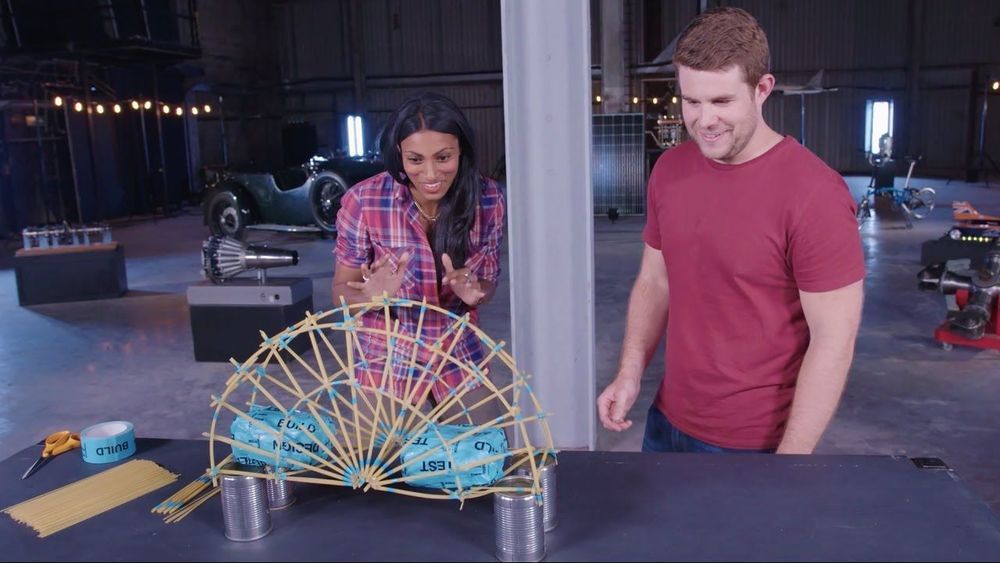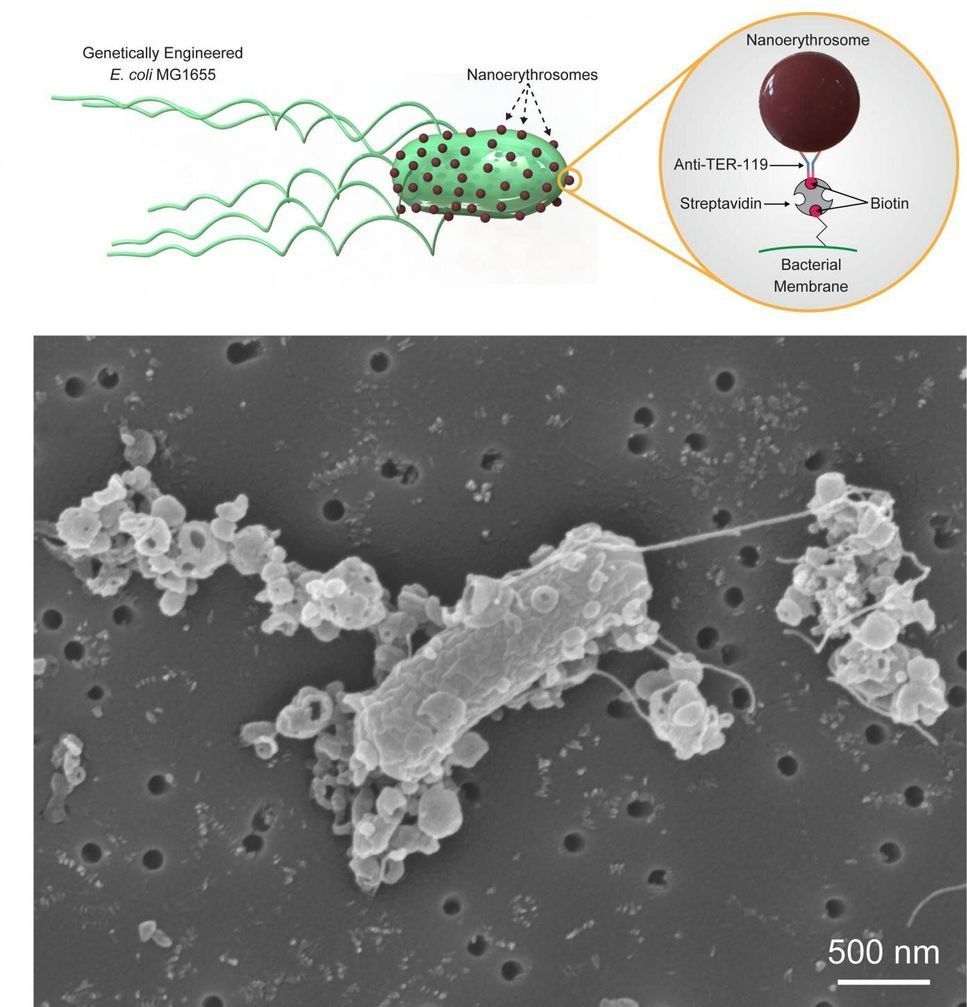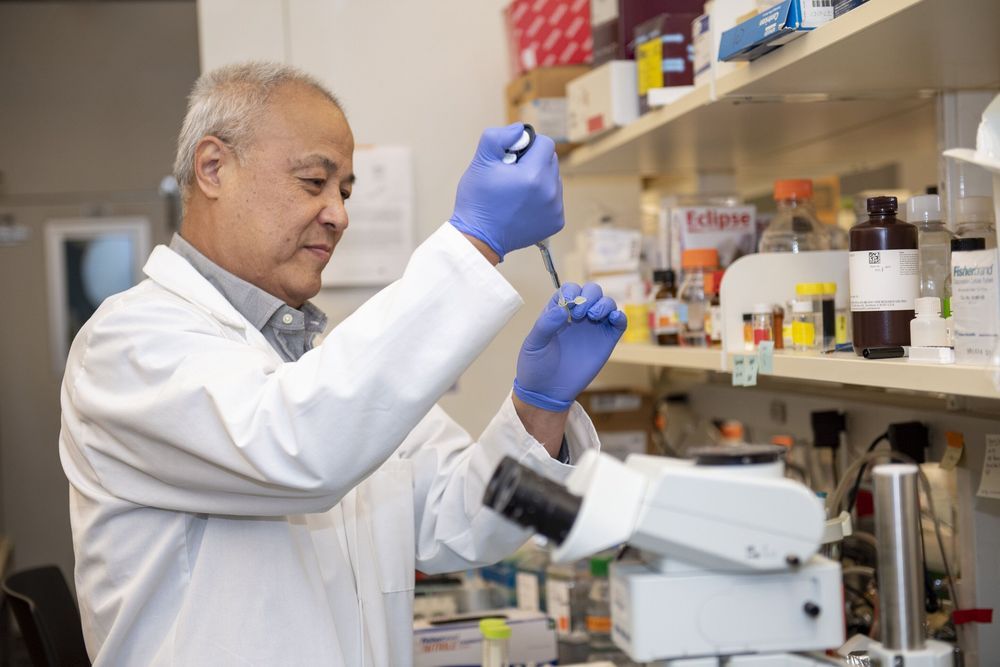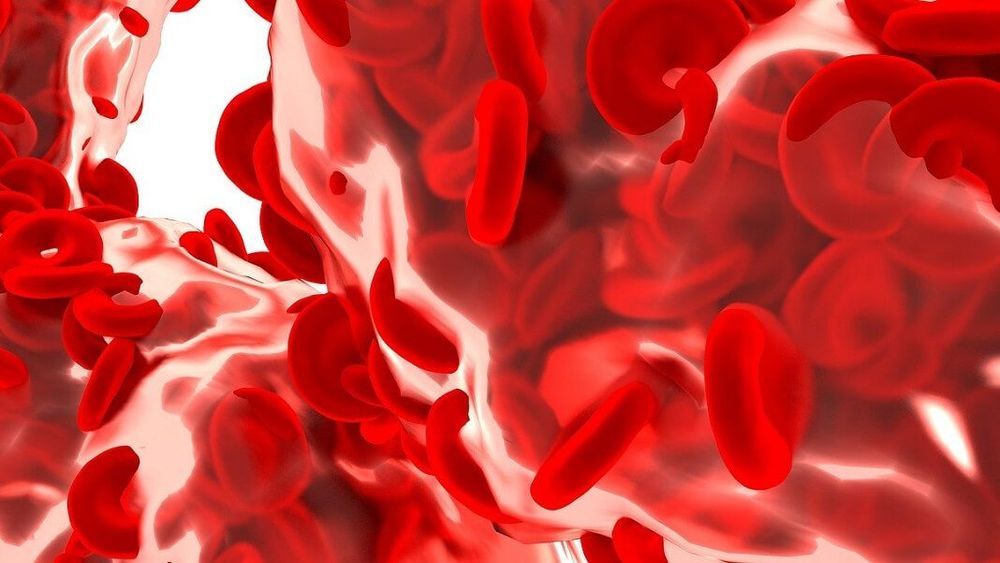The laws of physics imply that the passage of time is an illusion. To avoid this conclusion, we might have to rethink the reality of infinitely precise numbers.
A heads up: Dyson has “created 44 engineering and science activities for children to try out while at home during the coronavirus pandemic, from making a balloon-powered car to building a bridge from spaghetti,” writes the Dezeen website. They go on to add: “Comprised of 22 science tasks and 22 engineering activities, the Challenge Cards can be completed by children using common household items such as eggs, string and balloons.” You can also find a related playlist of videos on YouTube, one of which appears above.
This engineering/science activities have been added to our refreshed collection, 200 Free Kids Educational Resources: Video Lessons, Apps, Books, Websites & More. If you know of any great K-12 resources, especially ones that are always free, please add them in the comments below, and we will try to add them to the list.
Let NASA and the International Space Station help inform and entertain your child from the safety and comfort of your own home. Both are sharing a wealth of activities and experiments for kids of all ages.
This is the first in an eight-part series looking at how Huawei has found itself at the epicentre of the US-China tech war.
Four years after Huawei set up shop in the US, a RAND report tied Chinese telecommunications companies like Huawei and ZTE directly to Beijing.
Over the past two years the relationship between Chinese tech champion Huawei and the US has only worsened but why did the relationship sour in the first place?
Why the world’s most ambitious array of submillimeter antennas continues to reap astronomical dividends.
CEOs gear up to take on disruptors
Posted in business
He said many businesses would take the opportunity to ask the following question: What’s different about the way we are working now that has made us much more effective?
One of the CEOs said large businesses previously threatened by start-ups and disruptive new players could emerge from the crisis in a stronger position to compete because of the digitisation priorities imposed by the crisis.
Most of the CEOs who took part in the roundtable have operations overseas, including manufacturing operations, business process outsourcing, call centres and offshore IT centres.
Tiny biohybrid robots on the micrometer scale can swim through the body and deliver drugs to tumors or provide other cargo-carrying functions. The natural environmental sensing tendencies of bacteria mean they can navigate toward certain chemicals or be remotely controlled using magnetic or sound signals.
To be successful, these tiny biological robots must consist of materials that can pass clearance through the body’s immune response. They also have to be able to swim quickly through viscous environments and penetrate tissue cells to deliver cargo.
In a paper published this week in APL Bioengineering, from AIP Publishing, researchers fabricated biohybrid bacterial microswimmers by combining a genetically engineered E. coli MG1655 substrain and nanoerythrosomes, small structures made from red blood cells.
A targeted therapy, currently being studied for treatment of certain cancers including glioblastoma, may also be beneficial in treating other neurologic diseases, a study at the University of Cincinnati shows.
The study, being published online April 6 in the journal EBioMedicine, revealed that the effects of a therapy delivery system using microscopic components of a cell (nanovesicles) called SapC-DOPS may be able to provide targeted treatment without harming healthy cells. This method could even prove to be successful in treating other neurologic conditions, like Parkinson’s disease.
This study is led by Xiaoyang Qi, professor in the Division of Hematology Oncology, UC Department of Internal Medicine, and Ying Sun, research professor in the UC Department of Pediatrics and a member of the Division of Human Genetics at Cincinnati Children’s Hospital Medical Center.
🏺Super Pink Moon
Fyodor R., Credits article input Oscar Cainer, photography taken in North America, yesterday, by Richard S., one of our members.
Every April, sandwiched between the Worm Moon of March and the Flower Moon of May, the Pink Moon rises to hang like a great glowing orb in the sky, almost impossibly large, bright and full.
The symptoms match up with coronavirus infection. But like many people in the US, because they’re relatively mild I’m unable to get a test. Testing rates have finally skyrocketed recently, yet per capita we’re still lagging behind, leaving many wondering—myself included—if we truly caught the Covid-19 bug.
That’s a problem.
Knowing the amount of people who have already recovered from the disease would be a game-changer, not just for personal peace of mind but for society as a whole. Although we don’t yet fully understand how long the virus confers immunity for, it’s likely—though severely understudied —that infected and recovered people already have protective immunity. It means that virus-killing antibodies are circulating in our blood, ones that could potentially be harnessed for people with more severe cases; we could be walking anti-coronavirus drug factories.









